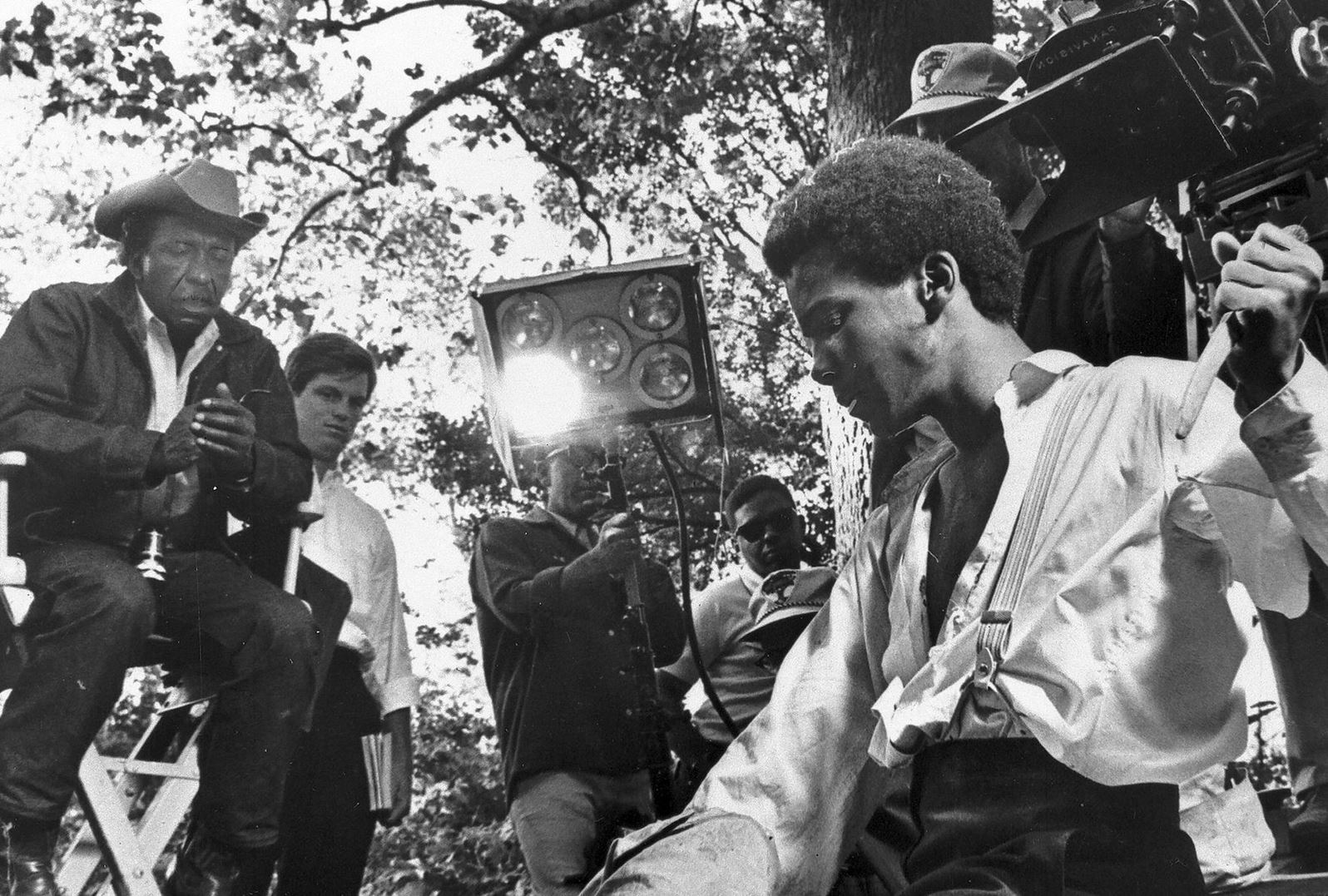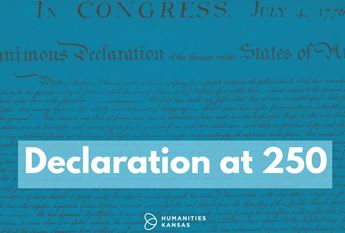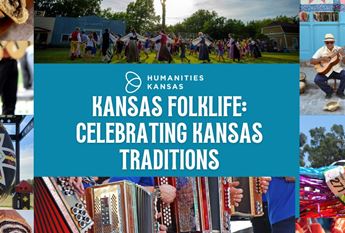

The Signs are Here!
October 1, 2021
In 1969, Kansas native Gordon Parks wrote, directed, and produced a film version of his best-selling novel The Learning Tree. Parks’ hometown of Fort Scott became the fictional Cherokee Flats in the semi-autobiographical book and film. So when Parks began filming, he and Warner Brothers-Seven Arts Studio set up production in the real southeast Kansas town.
More than 50 years later, the Gordon Parks Trail Signage Project — hosted by the Gordon Parks Museum at Fort Scott Community College and supported by a Humanities for All grant from Humanities Kansas — has become a reality.
“The Learning Tree Film Sign Trail is a series of (12) signs located at the different locations where the filming of The Learning Tree took place,” says Kirk Sharp, executive director of the museum. “The signs include QR codes along with a virtual tour of the identified scene locations of the film.”
The signs will be unveiled during the annual Gordon Parks Celebration October 7–9 in Fort Scott.
The idea of the signs has been on the table for several years, Sharp says. “It gained momentum once again about two years ago, and further interest peaked when we placed temporary yard-type signs at some of the locations during the 2019 (celebration).” A planning committee was formed, and current property owners were contacted regarding installation of the signs.
Both the unveiling of the signage project and the annual celebration are taking place during National Arts and Humanities Month. As an internationally known photographer, filmmaker, writer, and musician, the late Gordon Parks embodied the concept of arts and humanities. He composed the music for The Learning Tree. He wrote 20 books, many focused on his photography. The Learning Tree, published in 1963, was a coming-of-age story of a young black man growing up with the support of a loving family while experiencing bigotry, poverty, and violence. Parks was the first African American filmmaker to direct a feature film by a major Hollywood studio, and the movie was among the first films added to the National Film Registry by the Library of Congress. Parks also directed 10 other films, including 1971’s Shaft starring Richard Roundtree.
Talking about Parks, Sharp says, “He excelled not in just one field, but many fields of (the) arts, all self-taught with no formal training or education. … He used his camera as a weapon to fight against the things he disliked about America: racism, discrimination, and poverty. He used his images and creativity in writing to make a difference.”
When asked about his favorite exhibit in the Gordon Parks Museum, Sharp says, “As far as photography goes, if I had to choose, it would be his work with Muhammad Ali and the Tuskegee Airmen, along with his candid photographs of people. Gordon had the unique talent to capture images that expressed the feelings of his subjects. If I had to choose an item, it would be the National Medal of Arts that he received in 1988 from President Ronald Reagan.”
A true renaissance man, Gordon Parks left a vast body of work, Sharp says, both visual and written. “(His work) is a reflection on his gifted talent, passion, and incredible eye. … He captured beauty (and) great iconic images around the world.”
Join the Movement of Ideas
- Attend the grand opening of The Learning Tree Film Scene Sign Trail Oct. 7-9, 2021, at the Annual Gordon Parks Celebration. Find the schedule of events at www.gordonparkscenter.org/celebration-schedule.
- Explore The Gordon Parks Museum on the campus of Fort Scott Community College in Fort Scott.
- Spark a conversation: discuss Kirk Sharp and Ann Dean's Big Ideas about Gordon Parks.
- Read The Learning Tree and watch the movie. Use these discussion questions from John Edgar Tidwell as your guide.
Image courtesy of kansasmemory.org. Rights and reuse restrictions apply.



